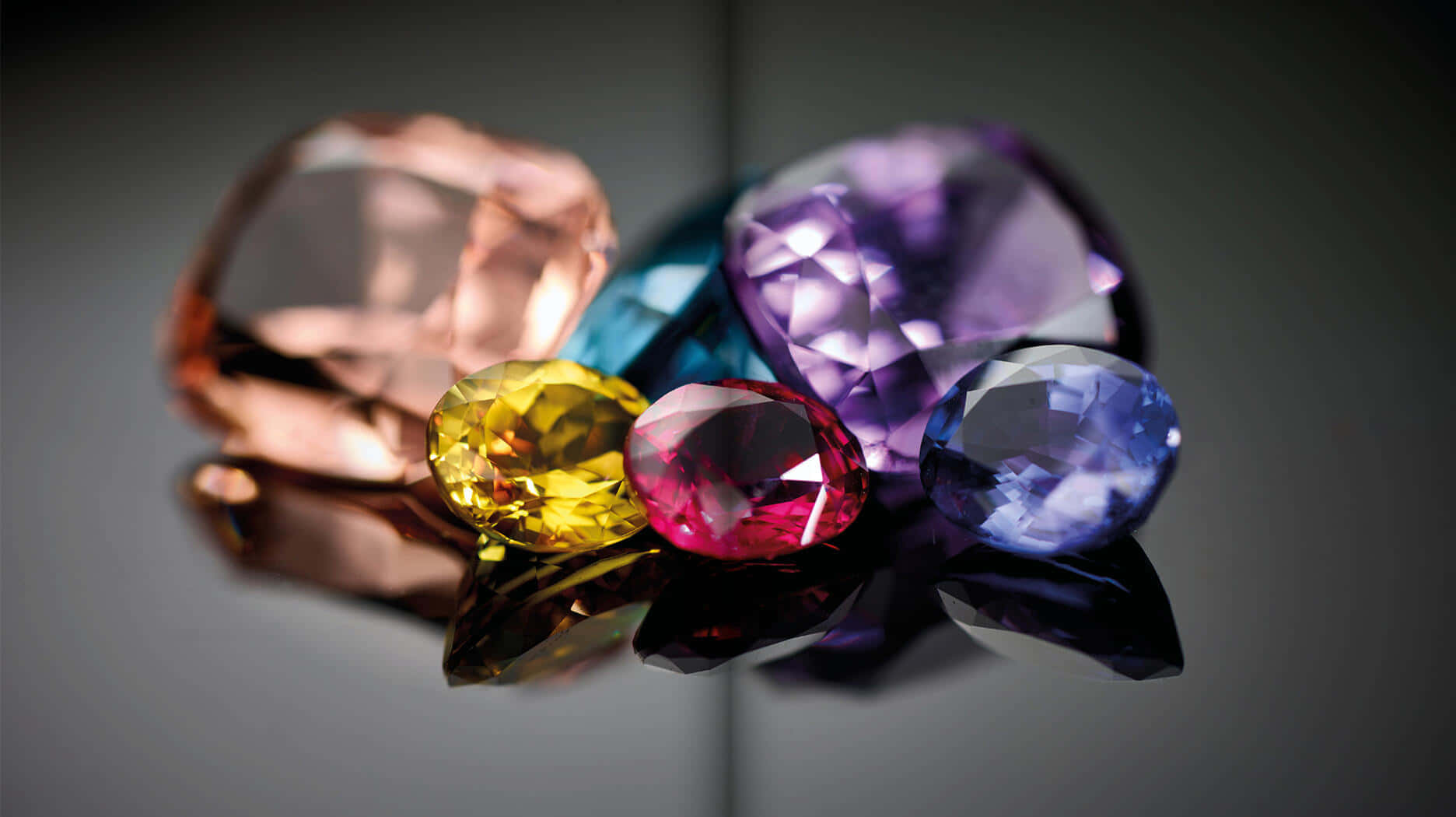Table of Contents
Introduction
As environmental concerns grow and the demand for ethical alternatives increases, wwF and lab grown diamonds have emerged as a viable solution in the jewelry industry. The World Wildlife Fund (WWF) is at the forefront of promoting sustainable practices, and their support for lab-grown diamonds aligns with their commitment to environmental conservation and responsible sourcing. This article delves into the relationship between the WWF and lab-grown diamonds, exploring their benefits, ethical implications, and the future of this innovative sector.
Understanding Lab-Grown Diamonds
Lab-grown diamonds, also known as synthetic or cultured diamonds, are created in controlled environments using advanced technology that replicates the natural diamond formation process. These diamonds have the same physical, chemical, and optical properties as their mined counterparts, making them indistinguishable to the naked eye. However, the key differences lie in their environmental impact and ethical considerations.
Environmental Impact
The diamond mining industry has long been criticized for its adverse environmental effects, including deforestation, soil erosion, and significant carbon emissions. According to the WWF, traditional diamond mining can lead to habitat destruction and loss of biodiversity. In contrast, lab-grown diamonds significantly reduce the ecological footprint associated with diamond production.
Lab-grown diamonds are produced in facilities that require minimal land use, unlike traditional mining, which often devastates large areas of land. Furthermore, the carbon footprint of lab-grown diamonds is considerably lower than that of mined diamonds due to the absence of heavy machinery and extensive transportation required in mining operations. Additionally, lab-grown diamond production requires less water than traditional mining processes, which can deplete local water resources and disrupt ecosystems.
Ethical Considerations
The ethical implications of diamond sourcing have gained significant attention in recent years. The WWF advocates for responsible sourcing practices to combat issues like human rights violations, child labor, and conflict financing often associated with mined diamonds. Lab-grown diamonds offer a transparent and traceable alternative, ensuring consumers that their purchases do not contribute to these unethical practices.
Lab-grown diamonds can be traced back to their origin, providing consumers with confidence in their ethical standards. This transparency is a significant step toward eradicating the “blood diamond” trade, which fuels violence and exploitation. By choosing lab-grown diamonds, consumers indirectly support sustainable practices that promote local economies and community development. Lab-grown diamond companies often engage in fair labor practices and invest in their communities, unlike many mining companies.
WWF’s Support for Lab-Grown Diamonds
The WWF’s endorsement of lab-grown diamonds emphasizes the importance of sustainable practices in the jewelry industry. By advocating for lab-grown options, the WWF aims to shift consumer preferences toward environmentally friendly and ethically sourced products. Their efforts contribute to raising awareness about the ecological and social impacts of traditional diamond mining and encourage brands to adopt sustainable practices.
The Future of Lab-Grown Diamonds
As technology advances and consumer awareness grows, the lab-grown diamond market is expected to expand significantly. Increased accessibility is anticipated as production techniques improve and economies of scale come into play, making lab-grown diamonds more affordable and accessible to a broader audience.
A shift in consumer attitudes toward sustainability and ethical sourcing will likely drive demand for lab-grown diamonds. Millennials and Gen Z, in particular, are showing a preference for eco-friendly products, influencing market trends. Additionally, partnerships between lab-grown diamond producers and organizations like the WWF will continue to promote sustainable practices and raise awareness about the importance of ethical sourcing.
Conclusion
The WWF’s advocacy for lab-grown diamonds reflects a growing recognition of the need for sustainable and ethical practices in the jewelry industry. Lab-grown diamonds not only offer a beautiful alternative to mined stones but also present a solution to pressing environmental and social issues. As consumer awareness and demand for sustainable options rise, lab diamonds are poised to play a crucial role in shaping the future of the jewelry market, promoting a more responsible and environmentally friendly approach to diamond sourcing.






More Stories
Craftsmanship Meets Consciousness: Lab-Grown Diamond Tennis Bracelets for the Discerning Buyer
Unveiling the Mysteries of Diamonds: Answering Your #1 Question
Off-Road Electric Scooters: Embrace the Adventure